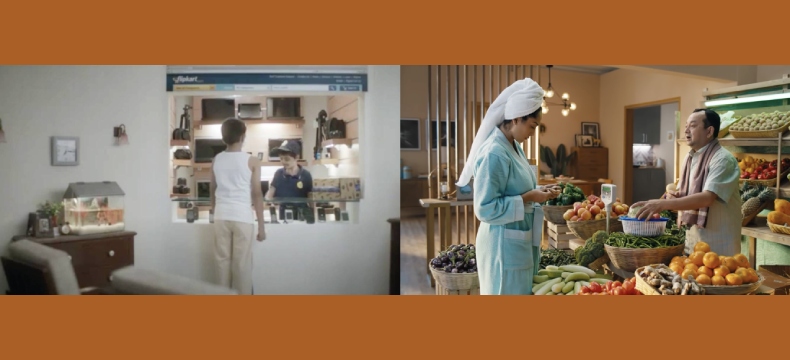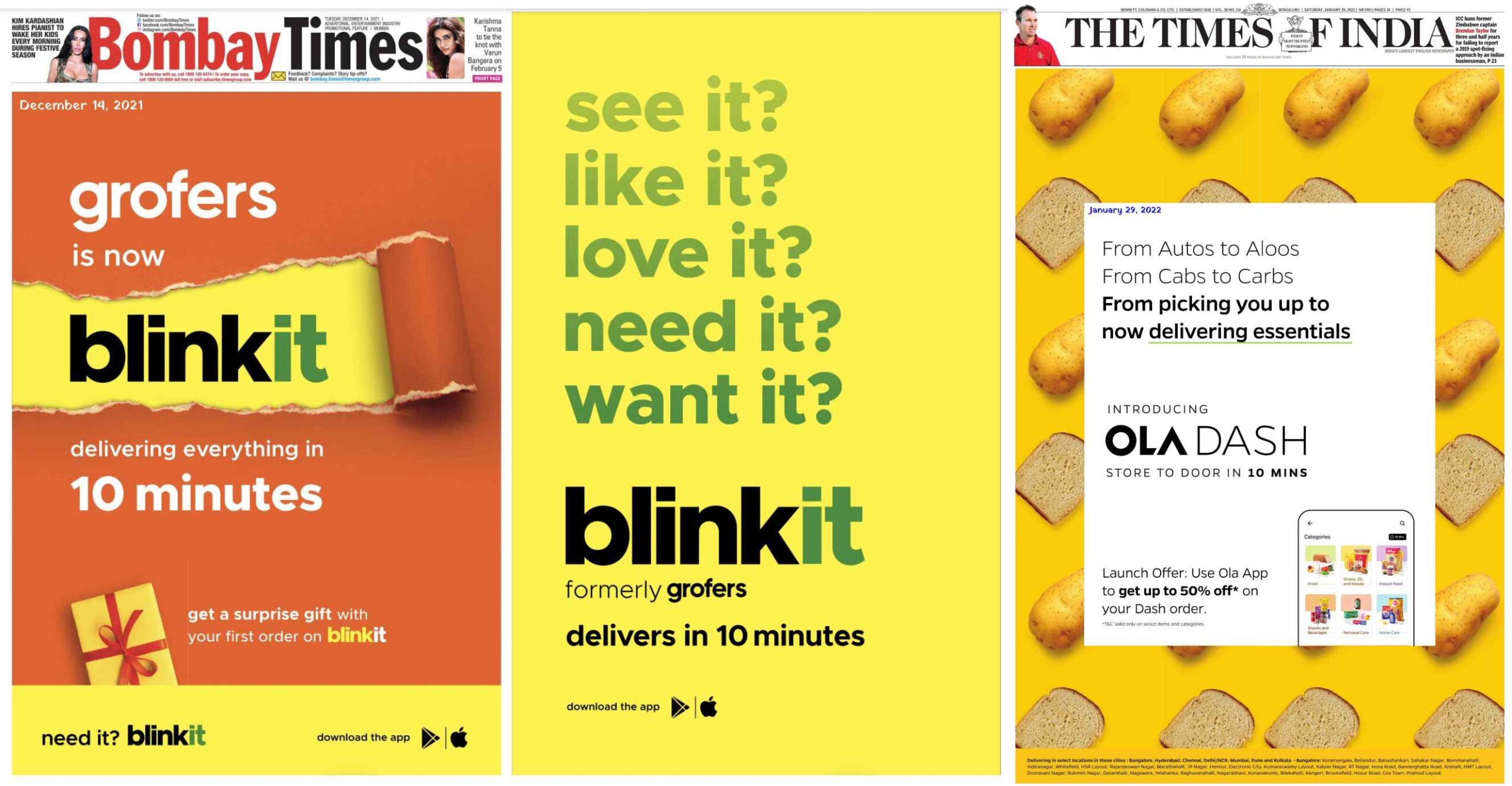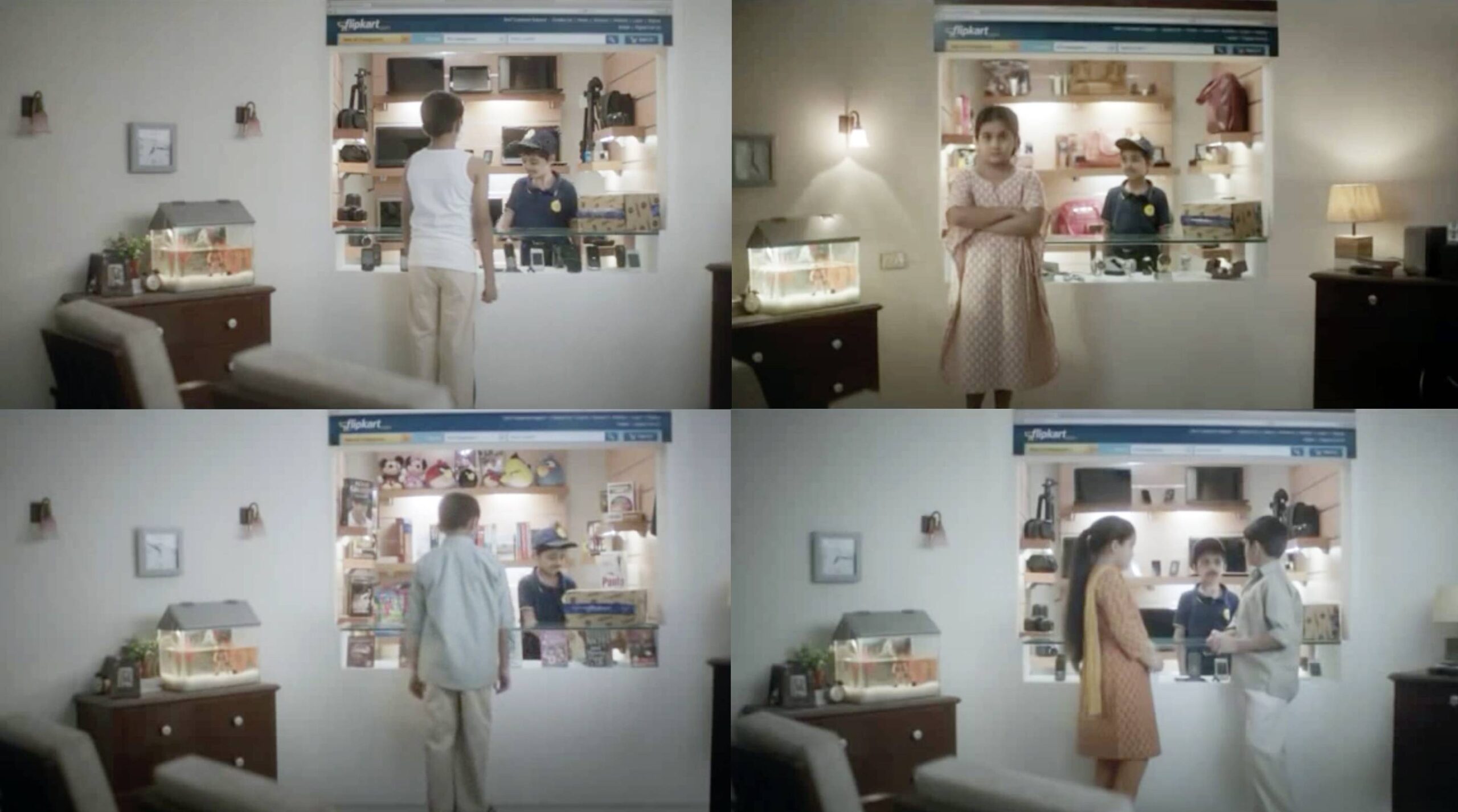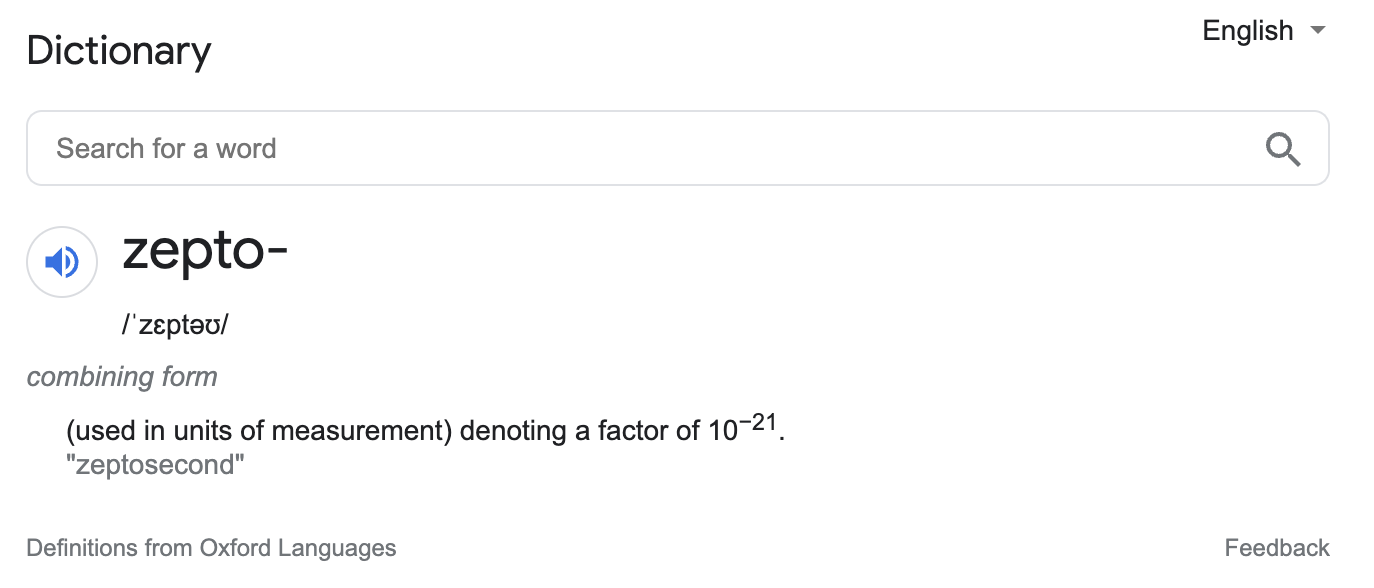
No… this post is not about Stephen Hawking.
When I wrote about the ‘quick commerce’ trend in India in August 2021, I wouldn’t have imagined that more brands would join that bandwagon and one of them would have essentially won the positioning game.
Back then, the brands that I had listed (based on their promised delivery times that were getting shorter and shorter) includes, BigBasket, Dunzo, Swiggy Instamart, Amazon, Flipkart, Big Bazaar, and Grofers.
Since then, Grofers has rebranded itself as BlinkIt (in December 2021), Zepto has captured the imagination of the entire segment with the aggressive and memorable ’10-minute delivery’ positioning… and this has forced Ola to rebrand ‘Ola Stores’ as ‘Ola Dash’ and follow suit.

My last post’s fastest delivery commitment was Swiggy Instamart, with the ’15-30 minutes’ framing.
But Zepto seems to have removed that ’15, or 30?’ question by going flat-out ’10’ and making that as the product’s central premise.
The first ad campaign from Zepto, back in August and October 2021, had a neat narrative device – they showcased the urgency of need (of a specific product – ice cream, chips, milk, diapers, toothbrush, in that order, below) and positioned Zepto as the solution to get them in 10 minutes. 10 minutes seem like a decent wait time for those products so we can continue doing what we stopped owing to those products’ unavailability.
August 2021:
October 2021:
December 2021:
On a related note, I had shared this Brazilian campaign for a courier company from 2009, in August 2021:
This sets the tone for the urgency of the need too, using advertising-level exaggeration… and to think they are actually pitching courier service!!
Now, Zepto has entered the fresh vegetables and fruits zone. The new ad from Zepto is by L&K Saatchi & Saatchi, the same agency that worked on the earlier ads too.
The creative device this time is to place the street hawker who sells vegetables by the roadside into the living room of a potential user.
That took me straight to August 2012 when I was at Flipkart and we were in the middle of the thick of the beginning of e-commerce in India. The creative device for a new campaign? Place a shop in the living room of a user! The campaign was called ‘Shopping ka naya address’!
Back then, the products Flipkart focused for ‘need’ included watches, toys, beauty products, laptops, books, and mobile phones.
If you observe, the ‘shop’ depicted in that ad is that of a desktop screen version of Flipkart and even the phone ad shows a feature phone being dropped into the sink (because of which the person needs a new phone). The year was 2012 – those were the early days of smartphones in India 🙂

Zepto gets the narrative flourish quite well, though. The customer is just out of her bath, the shopkeeper uses terms like ‘add to cart’ and ‘continue to payment’, speaking the language of a shopping mobile app.
But this new ad is a departure from Zepto’s core promise and earlier series – the need for urgency is not pitched here at all. We may assume that since fresh vegetables are being ordered, that constitutes urgency, but this is not the same as not having milk when the earlier pack has been wasted, or not having diapers even as the baby continues to poop.
Still, even as this new campaign does not focus on the ’10-minute’ aspect, it competes with other players who are focusing on fresh vegetables and fruits’ quick delivery, of which there are many – we use Pickly ourselves, in Bengaluru… but there’s also Dunzo, Swiggy Instacart, Blinkit and more.
So, essentially, between 2012 and 2022, over a decade, India has moved from ‘Shopping ka naya address’ to ‘Hawking ka naya address’.
What is hawking but picking a select set of products from a larger assortment available in another immovable location, bringing that smaller set closer to where people move about, and selling that to them by calling them out loudly? That’s largely what happens with the quick commerce segment since they use smaller dark stores in high-density areas so that from the limited range, they could send what we order in 10 minutes.
Ironically, the Flipkart ad above depicts not an entire departmental store but a smaller outlet within the store, through the store inside the living room. And the Zepto ad could also depict a pushcart vegetable vendor moving in an out of a living room since that’s what is being executed in literal terms, through home delivery.
If you extrapolate this trend of reducing the inventory from a larger set of possibilities and bringing it closer to people, what could be next? It has to be something that people want frequently, not occasionally.
Food, perhaps? Not any food (which is being solved by Swiggy or Zomato anyway), but comfort food, perhaps? Something that is not ‘outside food’ (with all the extra masala and pomp associated with non-home cooked food), but something that we’re too lazy to make but yet is very simple. Say, a limited range of comfort food – idlis, rotis, dosa, etc. in 10 minutes? I don’t know – just guessing aloud 🙂
PS: Zepto actually means something. Going by the dictionary meaning and parsing it with Zepto’s origin and promise, it looks like the name had a purpose – to indicate ’10-minute’ delivery promise for a company launched in (20)21!

